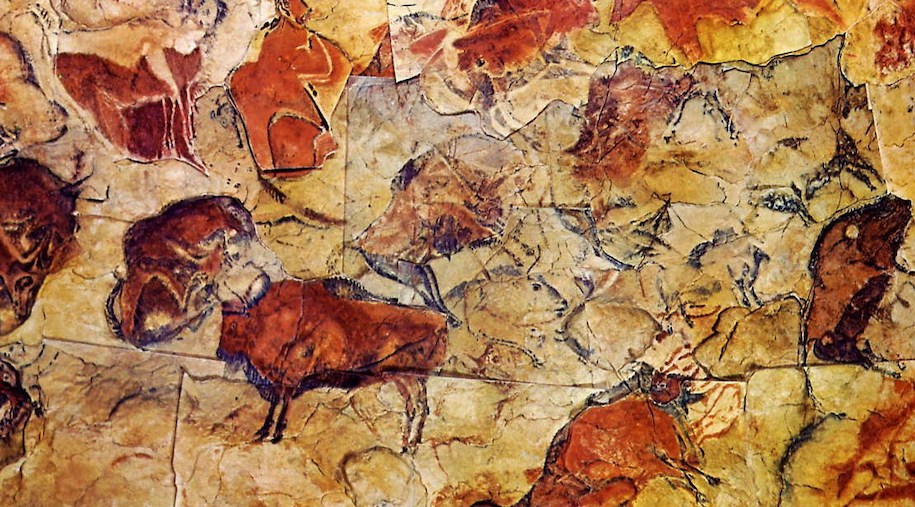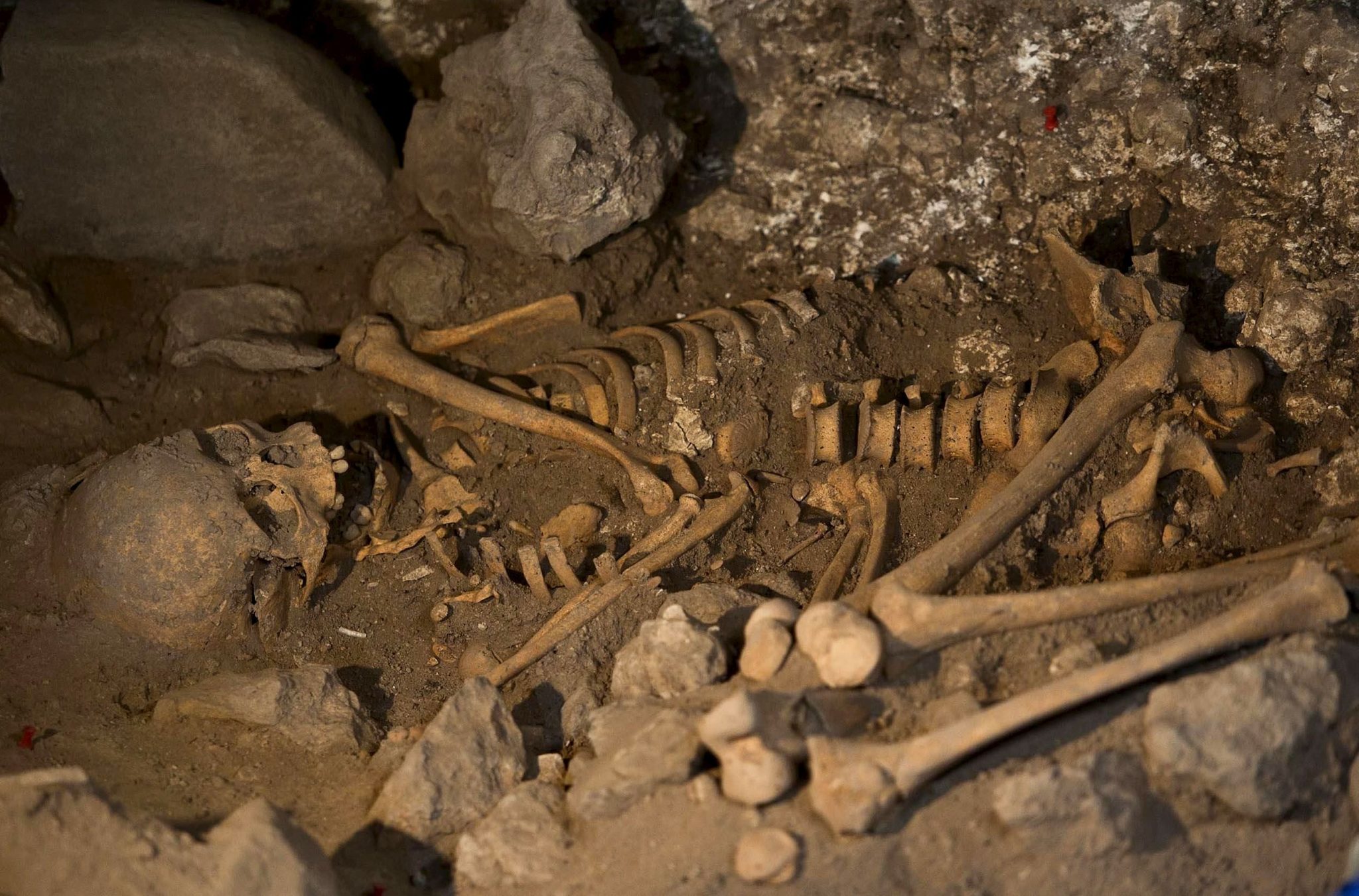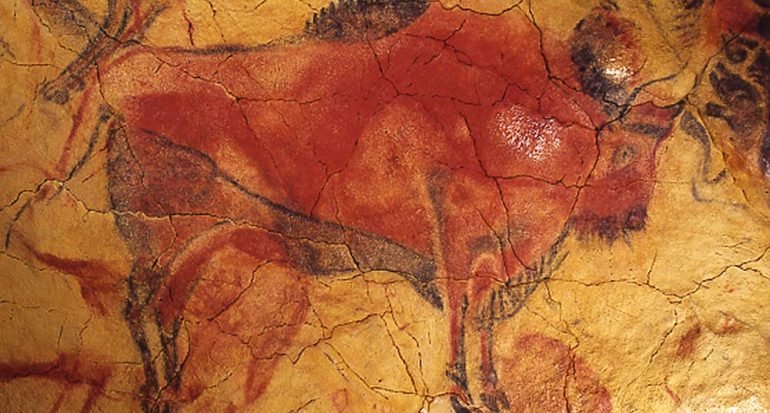
The Iberians
The Iberian Peninsula was inhabited by different tribes during the Metal Ages, including the Celts, that we have already seen, and the Iberians, who were here before dthe Celts arrived.
The Iberians were the predominant culture of the Iberian Peninsula that inhabited first the east and south-east of Spain and slowly migrated to the interior and west. The Iberians are thought to be a native Mediterranean culture, a local native group.
The Iberians were important during the Metal ages, especially during the Bronze Age. As well as supporting themselves through farming and metalwork, they also traded goods with other Mediterranean cultures. The fact of having contact with other cultures led to developments such as urban settlements. Like the Celts, villages with streets of stone, rectangular buildings were built on hills, with a watchtower for extra protection.Some important goods have remained like great sculptures like the Dama de Elche, the Dama de Baza (both at the MAN Museum in Madrid) and the Toro de Osuna. They used large rocks to construct megaliths for burials, such as the Cueva de Menga in Antequera (Málaga) or the taulas on the Islas Baleares.
VERY LITTLE IS KNOWN ABOUT THE IBERIAN LANGUAGE, THE ONLY THING EVERYBODY AGREES IS THAT IT IS NOT RELATED TO THE REST OF THE EUROPEAN LANGUAGES. LIKE BASQUE LANGUAGE IT WAS ORIGINAL ON ITS OWN.
_____________________
Los iberos
La Península Ibérica estuvo habitada por diferentes tribus durante la Edad del Metal, incluidos los celtas, que ya hemos visto, y los íberos, que estaban aquí antes de la llegada de los celtas.
Los íberos fueron la cultura predominante de la península ibérica que habitó primero el este y sureste de España y emigró lentamente hacia el interior y el oeste. Se cree que los íberos son una cultura mediterránea nativa, un grupo originario local.
Los íberos fueron muy importantes durante la Edad del Metal, especialmente durante la Edad del Bronce. Además de mantenerse a través de la agricultura y la metalurgia, también comerciaban bienes con otras culturas mediterráneas. El hecho de tener contacto con otras culturas condujo al desarrollo de los asentamientos urbanos. Al igual que los celtas, tenían aldeas con calles de piedra, pero con edificios rectangulares construidos en las colinas, siempre con una torre de vigilancia para mayor protección. Algunos restos importantes se han mantenido como grandes esculturas como la Dama de Elche, la Dama de Baza (ambas en el Museo MAN de Madrid) y el Toro de Osuna. Usaron grandes rocas para construir megalitos para entierros, como la Cueva de Menga en Antequera (Málaga) o las taulas en las Islas Baleares.
SE SABE MUY POCO SOBRE EL IDIOMA IBÉRICO, LO ÚNICO QUE TODOS ESTÁN DE ACUERDO ES QUE NO ESTÁ RELACIONADO CON EL RESTO DE LOS IDIOMAS EUROPEOS. COMO LENGUA VASCA ERA ORIGINAL Y ÚNICA.
HERE YOU HAVE AN INTERESTING VIDEO ABOUT THOSE FOLKS AND TRIBES IN SPANISH!




